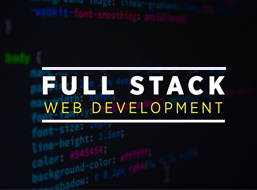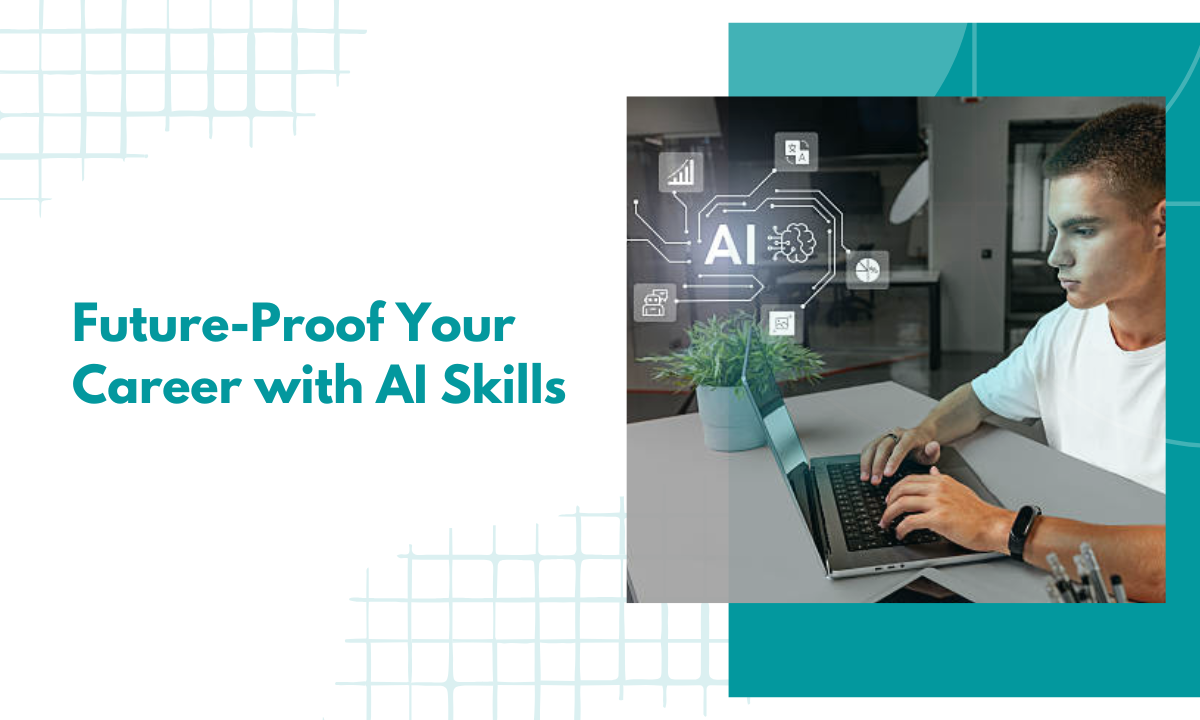Table of contents:
|
1. Generative AI meaning |
|
2. Why Generative AI Skills Are Future-Proof |
|
3. Key Generative AI Skills You Should Build |
|
4. Applications and Use Cases of Generative AI |
|
5. Generative AI in Data Science |
|
6. Learning Path / Roadmap |
|
7. Conclusion |
|
8. FAQs |
As a trainer at Apponix, I often see people ask: What exactly are generative AI skills, and how can mastering them transform your career in the years to come? In this rapidly evolving tech landscape, acquiring Generative AI skills is not just a trend; it’s becoming a vital cornerstone for staying relevant.
Today, I will walk you through what generative AI means, how it’s applied, what skills you must build, possible learning paths, and how these capabilities tie into Bangalore’s training ecosystem (including what we offer at Apponix).
Generative AI meaning
To begin, let’s understand generative AI (or generative artificial intelligence). At its core, generative AI refers to systems that can create new, original content, text, images, music, code, or even video, based on patterns learned from existing data.
Unlike traditional AI models that might classify or predict, generative AI generates. For example:
-
A generative model can write essays or marketing copy.
-
It can produce images or art from textual prompts.
-
It can even generate synthetic data for training or simulation.
In other words, generative AI is about creativity via computation.
Why Generative AI Skills Are Future-Proof
The demand for generative AI in professional settings is surging. Here’s why:
-
The number of job listings requiring generative AI skills jumped from just a handful in 2021 to around 10,000 by mid-2025, an indicator of how rapidly the market is expanding.
-
Organizations are integrating generative models to automate content, accelerate design cycles, and personalize user experiences, creating new roles and specialization areas.
-
As routine tasks get automated, human roles will shift toward oversight, creativity, model tuning, and domain specialization. Those who understand generative AI and its implications will be in demand.
In industries like marketing, media, health, finance, and gaming, generative AI applications are becoming commonplace. Learning to use and control these tools becomes essential.
So, by focusing on generative AI now, you’re investing in capabilities that will likely grow in relevance, not fade.
Key Generative AI Skills You Should Build
When I mentor learners, I guide them to develop a mix of technical, conceptual, and tool-related skills. Below are critical competencies:
-
Prompt Engineering & Prompt Design
Knowing how to frame queries or instructions to generative models is one of the most practical skills. It’s not just “ask and hope”, yo; learn how to structure prompts to get desired outputs, control tone, length, style, and context.
-
Working with LLMs, Diffusion Models, GANs, VAEs, etc.
You’ll need to understand architectures like transformers (used in GPT), generative adversarial networks (GANs), diffusion models, and more. Knowing how to fine-tune or adapt them is a big plus.
-
Data Preprocessing and Data Engineering
Generative models require clean, rich datasets. Skills in data cleaning, augmentation, normalization, and dataset curation are essential.
-
Programming & Model APIs
Proficiency in Python, familiarity with ML libraries (TensorFlow, PyTorch, Hugging Face), APIs of models (OpenAI, others), and integration into pipelines.
-
Evaluation, Bias Mitigation & Ethical Awareness
You must learn to measure outputs for quality, detect hallucinations, mitigate bias or harmful outputs, and ensure responsible use of generative AI.
-
Domain Knowledge & Application Design
Knowing the domain (marketing, design, healthcare, finance) helps you guide models to produce useful results. Also, you should know how to build applications—wrapping generative models into end-user solutions.
-
Tool Literacy
Being comfortable with leading generative AI tools like ChatGPT, DALL·E, Stable Diffusion, Midjourney, and newer platforms, as well as prompt toolkits, plugin tools, and curriculum around them.
-
Interpretability & Model Monitoring
Once deployed, models must be monitored for drift, misuse, or degradation. Skills in monitoring, logging, and interpretability are a differentiator.
These are not isolated; they combine. For example, prompt engineering works hand in hand with understanding models, domains, and ethics.
Applications and Use Cases of Generative AI
Understanding generative AI applications helps you see where these skills make impaan ct:
-
Content & Copy Generation: generating blog posts, social media content, ad copy, summaries.
-
Image & Design: produce visuals from descriptions, generate art, avatars, or layout ideas.
-
Synthetic Data & Simulation: for training models, privacy-safe data generation in healthcare or finance.
-
Code Generation & Automation: scaffolding code, auto-generation of functions, or translating spec to code.
-
Conversational Agents / Chatbots: building context-aware assistants that can generate humanlike responses.
-
Multimodal Content: combining text, image, audio for richer media output.
-
Personalization & Recommendation: tailoring content to user preferences dynamically.
-
Research & Prototyping Tools: automating ideation, drafting, scenario modeling.
In many of these, the generative model doesn’t replace humans but augments productivity. Your job is to guide, fine-tune, validate, and integrate.
Generative AI in Data Science

When we combine generative AI with data science, magic happens:
-
You can generate synthetic samples to augment datasets, especially where labeled data is scarce.
-
You can build data pipelines that auto-impute missing values or generate simulated scenarios.
-
You can extend analytics to forecast, fill gaps, or refine features using generative pretraining or postprocessing.
-
You can embed generative models within ML workflows, e.g., generate adversarial examples, augment training, or build data augmentation strategies.
Thus, generative AI becomes a powerful extension of traditional data science functions, making you more capable as a data scientist or AI practitioner.
Learning Path / Roadmap
Here’s how I often structure the generative AI learning path for students at Apponix:
1. Foundations
Python programming, statistics, ML basics (regression, classification).
Intro to neural networks, deep learning.
2. Core AI & NLP Concepts
Transformer architecture, embeddings, tokenization, attention.
Language modeling, sequence modeling, pretraining vs fine-tuning.
3. Generative Models
Dive into GANs, VAEs, diffusion models, autoregressive models.
Explore LLMs, GPT, BERT variations, etc.
4. Prompt Engineering & API Usage
Build prompts, test iteration, control responses.
Use model APIs (e.g. OpenAI, Hugging Face) and fine-tune models.
5. Hands-on Projects
Build image generator, text-based app, chatbot, or creative tool.
Integrate generative AI into a simple product or UI.
6. Ethics, Evaluation & Production Deployment
Bias detection, human-in-the-loop systems, safety rails.
Logging, monitoring, model versioning, deployment (servers, cloud, inference).
7. Specializations & Advanced Topics
Multimodal models, agentic AI, prompt chaining, and retrieval-augmented generation (RAG).
Domain specialization (e.g., legal, medical, marketing).
This roadmap ensures you progress from fundamentals to production-grade skills.
Training Opportunities in Bangalore’s Ecosystem
If you’re looking for an Artificial Intelligence Training Course in Bangalore, then a training institute in Bangalore like Apponix is a hotbed. We offer a Generative AI course focused on prompt engineering, model integration, project building, and job readiness.
Choosing a course that balances theory, hands-on work, mentorship, and real-world projects is key. Bangalore’s tech ecosystem helps companies often seek talent locally.
Conclusion
From my vantage point as a trainer at Apponix, I can say with confidence: getting strong with generative AI skills isn’t optional anymore, it’s essential. As generative artificial intelligence reshapes industries, those who master prompt engineering, model building, evaluation, and deployment will be front and center in the future job market.
By walking the learning path I’ve outlined in the Artificial Intelligence Training Course in Bangalore and anchoring yourself with real projects in our training institute in Bangalore, you’re building more than skills: you’re building resilience. And when generative AI becomes even more integral, you’ll be the one leading its adoption, rather than chasing after it.
Let me end by saying: we at Apponix are ready to guide you, whether you’re starting fresh or upgrading your skill set. Embrace these generative AI skills, stay curious, and you’ll be well on your way to future-proofing your career.
FAQs
Q: What exactly are generative AI skills?
Generative AI skills refer to the ability to design prompts, work with generative models (LLMs, GANs, diffusion), evaluate outputs, integrate these models into applications, and ensure ethical, robust use.
Q: How does generative artificial intelligence differ from traditional AI?
Traditional AI models often predict, classify, or detect; generative AI creates new data, text, images, audio, by learning from input datasets and then generating novel output.
Q: What’s the best generative AI learning path?
Start with ML and neural network fundamentals, progress into architectures like transformers and GANs, then work with prompt engineering, APIs, project building, deployment, and ethical evaluation.
Q: Which generative AI tools should I begin with?
Begin with accessible tools like ChatGPT, DALL·E, Stable Diffusion, and Hugging Face’s transformers. From there, dive into fine-tuning and custom model APIs.
Q: Can generative AI work with data science?
Absolutely. It complements data science by enabling synthetic data generation, augmenting datasets, enhancing feature engineering, and enabling creative modeling pipelines.
Q: Why choose Apponix or Bangalore for generative AI training?
At Apponix, we bring together theory, hands-on work, real projects, mentorship, and industry alignment. Bangalore’s ecosystem adds advantage, with lots of companies hiring, networking, and collaborative opportunities. Our Generative AI course is designed to help you move from beginner to job-ready in this cutting-edge field.




